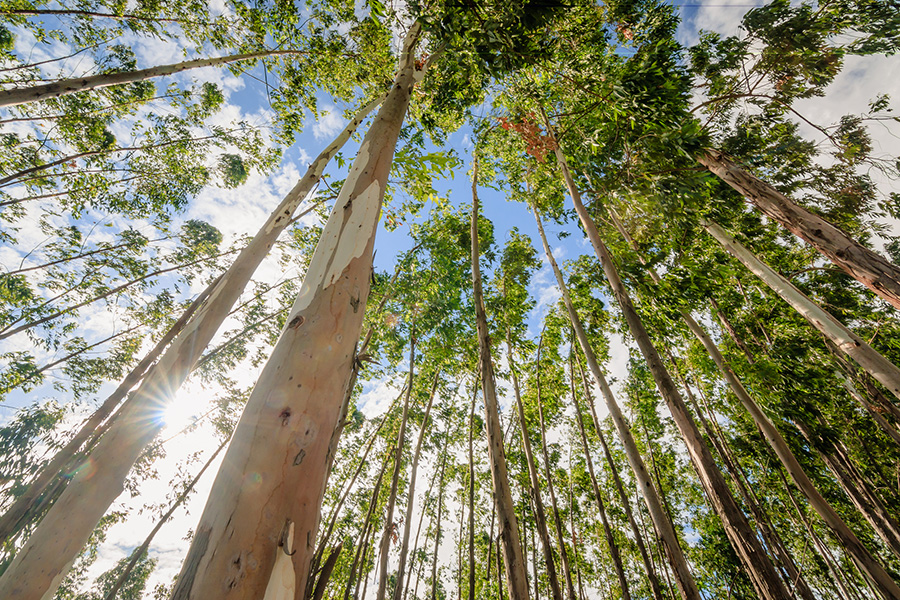
Psyllids in Eucalypts
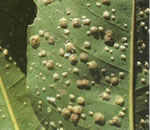
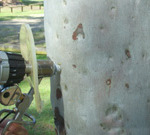
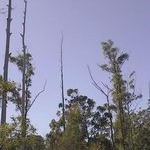
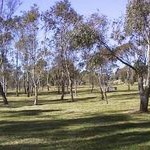
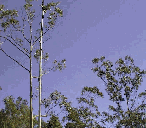
The problem sap sucking Psyllid causing defoliation of Eucalypts has been increasing in Australia for many years.
The Red gum lerp psyllid (Glycaspis brimblecombei) was found in Los Angeles in 1998 and has spread throughout much of California.
This insect from Australia also is found in Arizona, Florida, Hawaii, and Mexico on a variety of eucalyptus species.
Red gum lerp psyllid infests over two dozen Eucalyptus species. In California this psyllid prefers river red gum (Eucalyptus camaldulensis), flooded gum (E. rudis), and forest red gum (E. tereticornis). Certain Eucalyptus species are avoided or are not heavily infested by this psyllid
Eucalyptus trees in California are attacked by at least 14 other introduced insects, including the bluegum psyllid (Ctenarytaina eucalypti), eucalyptus longhorned borers (Phoracantha recurva and P. semipunctata), and eucalyptus snout beetle or gumtree weevil (Gonipterus scutellatus), which are now under good biological control.
It has proven beneficial to learn how management efforts may affect the other introduced eucalyptus pests before taking any control actions. In particular, consult the Pest Notes on eucalyptus longhorned borers, eucalyptus tortoise beetle, and psyllids.
Years of research into biological control via introduction of predatory wasps from Australia at UC Berkeley have proved ineffective.
Current Californian Chemical Control
Chemicals that are currently registered in California for control of psyllids using two different methods of application, ie via ground injection and trunk injection via prepackaged capsules.
Comparisons between both these delivery systems with Sidewinder’s Injection Technique not only shows a difference in application efficiency, but a more cost effective solution using the Sidewinder.
A trial carried out in Australia by the Keith Tumbull Research Institute 1997/98 verifying the effectiveness of Bayer Imidacloprid against the carriers of “DED” in elm trees via ground injection, trunk injected with capsules and trunk injected with Sidewinder showed all three systems have good control.